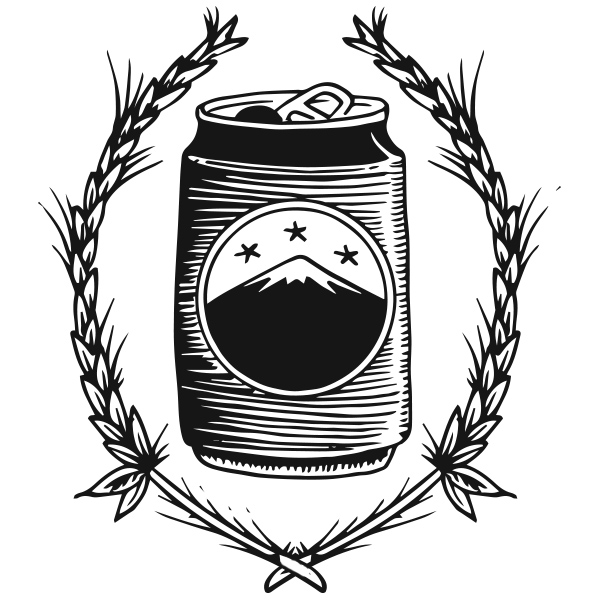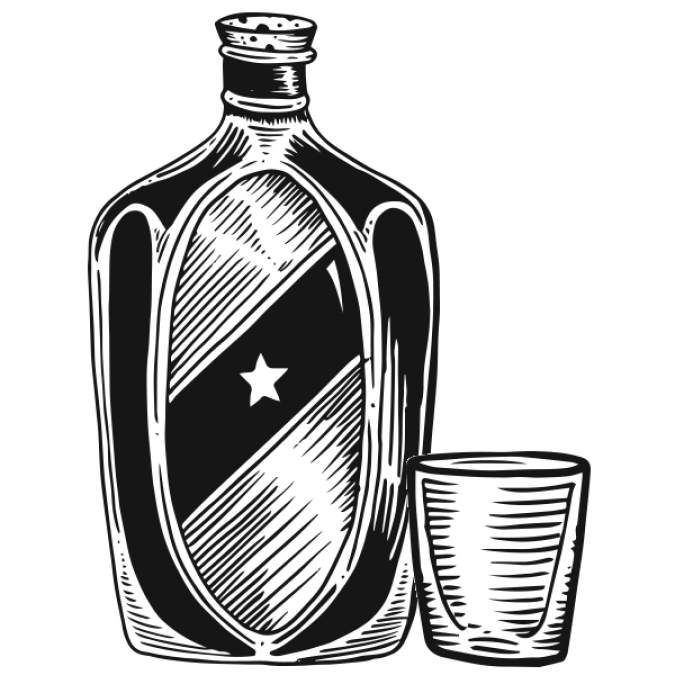Those who know me know that I love to collect wine. Being able to pull out a properly aged bottle for a special dinner or a random Tuesday night is one of the biggest reasons to start a collection. But not everyone is a wine lover, so I was intrigued to learn that collecting beer and aging it has become a growing part of the routine for beer lovers in Seattle. Of course, like collecting wine, it can be risky, confusing, and occasionally a disaster. That’s why I sought experts for more info.
“There are two main kinds of beer to collect,” says Kayle Thompson of local distributor Urban Family Brewing: “beers that are made with Brettanomyces (a wild yeast) and beers that are high in alcohol, like barley wines and Imperial stouts. Winter warmers also often fall into that category, along with barrel-aged beers.”
The reasons to choose certain styles of beer to age are relatively straightforward: Beers made with wild yeasts have complex flavors that can take some time to integrate and mellow, and higher-alcohol beers have a longer shelf-life in general, as the alcohol acts as a preservative. They also tend to be intense, rich beers, and as with wine, boldness in youth can temper into depth and complexity with age.
Steve Little at Bottleworks in Wallingford agrees. “Beers to look for are ones with a high alcohol level and a high original gravity. You don’t want to be aging a pilsner.” Beers with a lot of malt in the initial brew give the yeasts still living within the bottle plenty to break down over time, changing the beer’s aroma and flavor as it ages.
In a side-by-side tasting at Bottleworks, Little and I tried a 2014 and a 2005 Old Guardian Barleywine from Stone Brewing. The 2014 had aggressive acidity and bitterness, with a lighter, grassy aroma. In contrast, the 2005 was richer, smelling of malt, chocolate, and clove. It also had a deeper color and a fuller, more generous mouthfeel.
Much like wine, beer that’s aging should be stored in a dark, relatively cool place that’s neither super-dry nor overly humid. Little keeps Bottleworks’ cellar at 55 degrees, which he considers the optimal temperature. The aging period varies, but he suggests 12 to 24 months for most beers, stretching up to five or 10 years for beers that are specifically made to be aged.
Of course, aging doesn’t always work. Both Thompson and Little shared stories of bottles that had oxidized or faded, or in which the cap or cork had failed. Such are the risks of aging, but the potential rewards are so great that it’s a worthwhile experiment. Even better, starting a beer collection is much cheaper than starting a wine collection—and it lets you impress your guests with a fun and unique drink that they’ve probably never experienced.
thebarcode@seattleweekly.com







